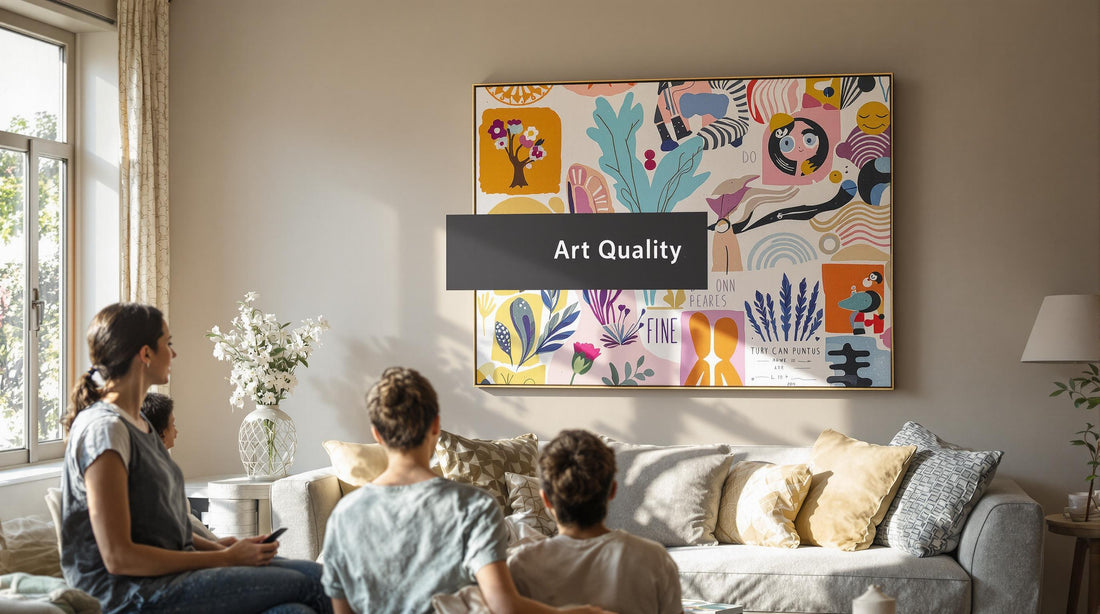
What Makes Art High Quality: Guide for Collectors & Decorators 2025
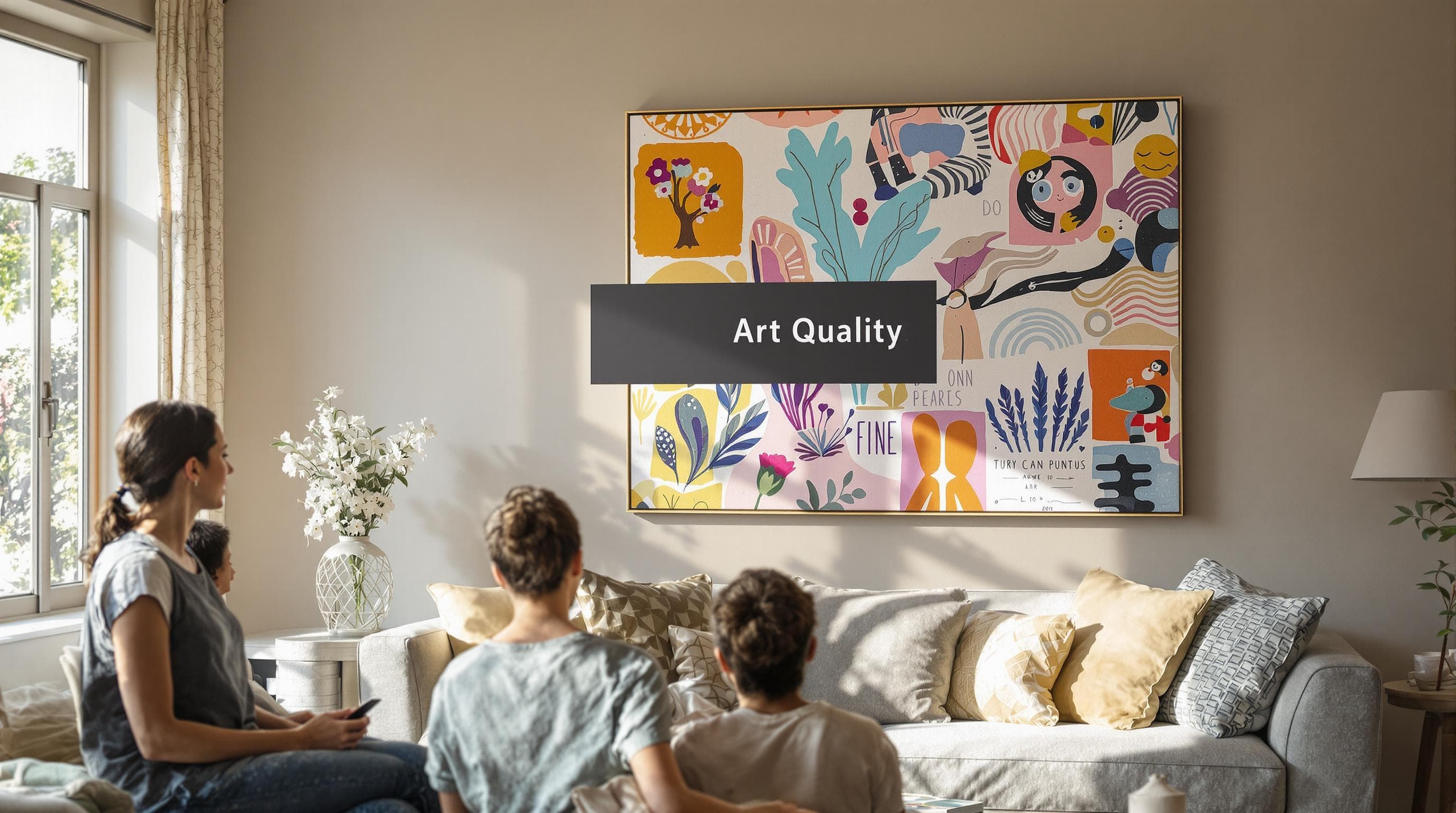
Art might look like just decoration for your walls, but collecting high quality art is a whole different game. Surprise yourself with this: premium canvas prints use 100 percent cotton or linen to guarantee color longevity and investment potential. You might expect that picking art is only about what looks good, but what actually matters most is a blend of technical mastery, emotional impact, and even how it fits your living space. Get ready to see art collecting through a completely new lens.
Table of Contents
- Key Elements Of High Quality Art
- How To Assess Art For Modern Spaces
- Spotting Value In Wall Art And Canvas Prints
- Supporting Independent Artists And Making Smart Purchases
Quick Summary
| Takeaway | Explanation |
|---|---|
| Technical Mastery is Essential | High-quality art must demonstrate exceptional skill in the chosen medium, showcasing precision and sophistication in technique that communicates effectively with the viewer. |
| Emotional Resonance and Originality Matter | Exceptional art connects with its audience on a deeper emotional level and presents original ideas that challenge conventional perspectives, making it compelling and transformative. |
| Consider Spatial Dynamics When Selecting Art | Art should complement the spatial proportions and emotional ambiance of its surroundings, requiring careful evaluation of scale, placement, and lighting techniques for successful integration. |
| Understand Material Quality for Value | Assessing the physical construction of wall art is crucial; premium materials and proper framing significantly influence the artwork’s long-term value and preservation. |
| Support Independent Artists for Cultural Impact | Purchasing from independent artists not only supports their creative work but also contributes to cultural diversity and local economic growth, making a meaningful investment in the arts. |
Key Elements of High Quality Art
Art transcends mere visual appeal, representing a complex interplay of technical skill, emotional depth, and creative expression. Understanding what makes art high quality requires a nuanced exploration of its fundamental elements that elevate an artwork from ordinary to extraordinary.
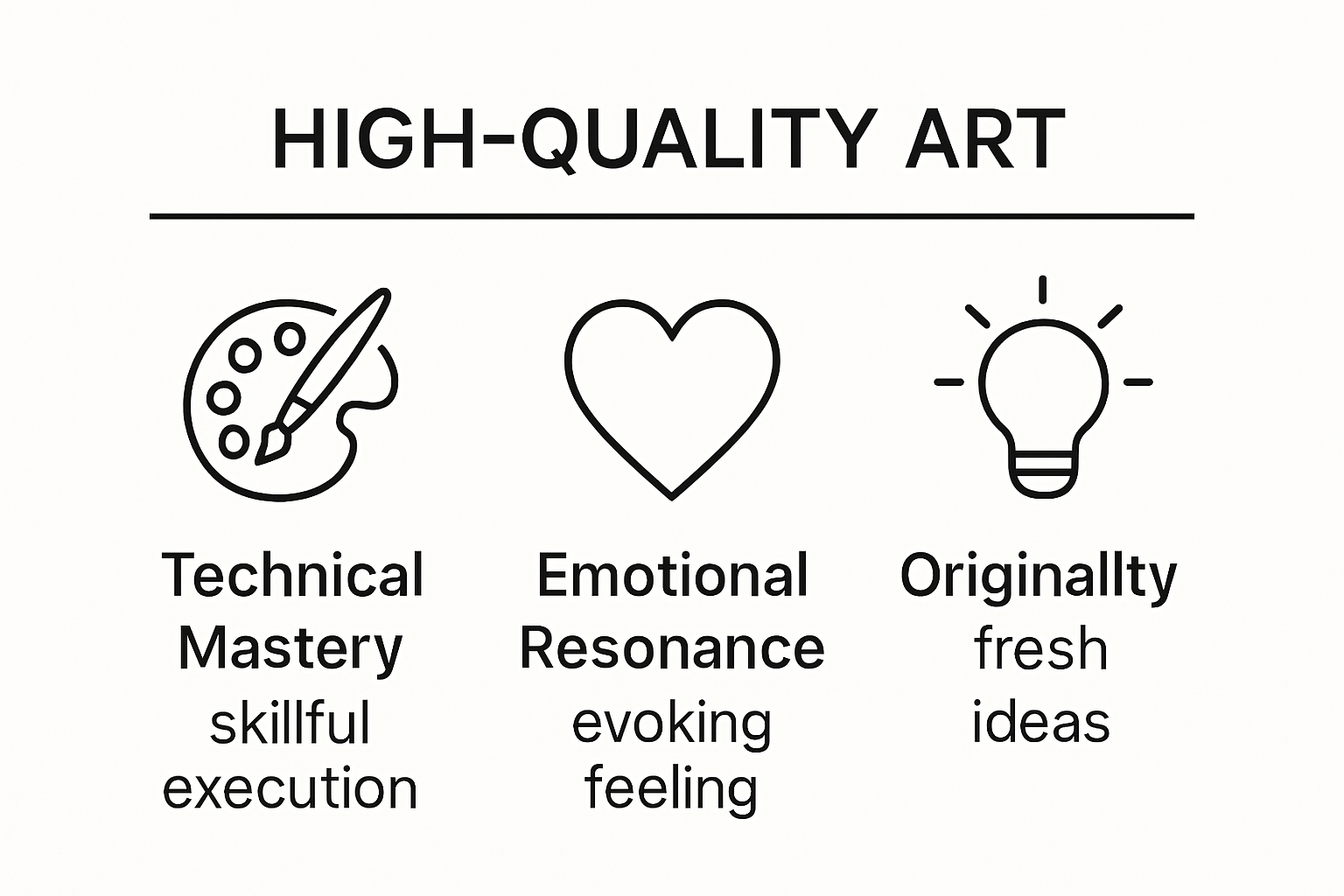
Technical Mastery and Skill
Technical proficiency forms the foundational cornerstone of high-quality art. Artists who demonstrate exceptional skill in their chosen medium create works that showcase precision, control, and sophisticated technique. According to research from ResearchGate, technical skill is a critical component of artistic quality, reflecting the artist’s mastery and understanding of their craft.
Mastery involves more than simple mechanical execution. It encompasses an artist’s ability to manipulate materials with intention, create complex visual textures, and translate conceptual ideas into tangible forms. Whether working with canvas, sculpture, digital media, or mixed techniques, the artist’s technical prowess determines the artwork’s potential to communicate effectively.
Emotional Resonance and Originality
Beyond technical execution, high-quality art must possess emotional depth and originality. Authentic artistic expression goes beyond mere technical reproduction, creating pieces that provoke thought, stimulate emotions, and challenge viewers’ perspectives. Research on art authenticity emphasizes that true artistic quality emerges from a work’s ability to connect deeply with its audience.
Originality distinguishes exceptional art. This means creating something unique that transcends derivative approaches. Artists who bring fresh perspectives, innovative techniques, or unexpected interpretations to their work elevate their creations from ordinary to extraordinary. The most compelling artworks challenge existing paradigms, introduce novel visual languages, and invite viewers into transformative experiences.
Compositional Integrity and Visual Language
Composition represents the strategic arrangement of visual elements that create cohesive, impactful artwork. According to University of Arkansas art resources, high-quality art effectively utilizes fundamental visual elements such as line, shape, color, texture, and space. These components work harmoniously to guide the viewer’s eye, create visual tension, and communicate the artist’s intended message.
A well-composed artwork demonstrates intentional balance, rhythm, and spatial relationships. Artists who understand visual grammar can create pieces that feel simultaneously dynamic and harmonious. The interplay of these elements determines how successfully an artwork communicates its conceptual and emotional content.
For art collectors and decorators seeking exceptional pieces, recognizing these key elements transforms art selection from a purely aesthetic choice to an intellectually and emotionally informed decision. Learn more about selecting meaningful art for your space.
Ultimately, high-quality art is not defined by a single metric but by a complex interaction of technical skill, emotional depth, originality, and compositional excellence. It invites viewers into a profound visual dialogue, transcending mere decoration to become a powerful form of communication and personal expression.
How to Assess Art for Modern Spaces
Selecting art for contemporary spaces goes beyond aesthetic preferences, requiring a strategic approach that considers spatial dynamics, emotional resonance, and design integration. Modern art selection demands a nuanced understanding of how visual elements interact with architectural environments and personal experiences.
Spatial Harmony and Scale
Successful art integration in modern spaces hinges on understanding spatial proportions and visual balance. According to research on urban art spaces, artwork should not merely decorate a room but actively contribute to its spatial narrative and emotional ambiance.
Assessing art for modern spaces involves carefully evaluating scale and placement. Large-scale pieces can anchor a room, creating visual focal points that draw the eye and establish architectural rhythm. Smaller artworks, strategically positioned, can create intricate visual dialogues within the space. Consider the room’s dimensions, ceiling height, furniture layout, and natural light when selecting art pieces that will complement rather than compete with the existing environment.
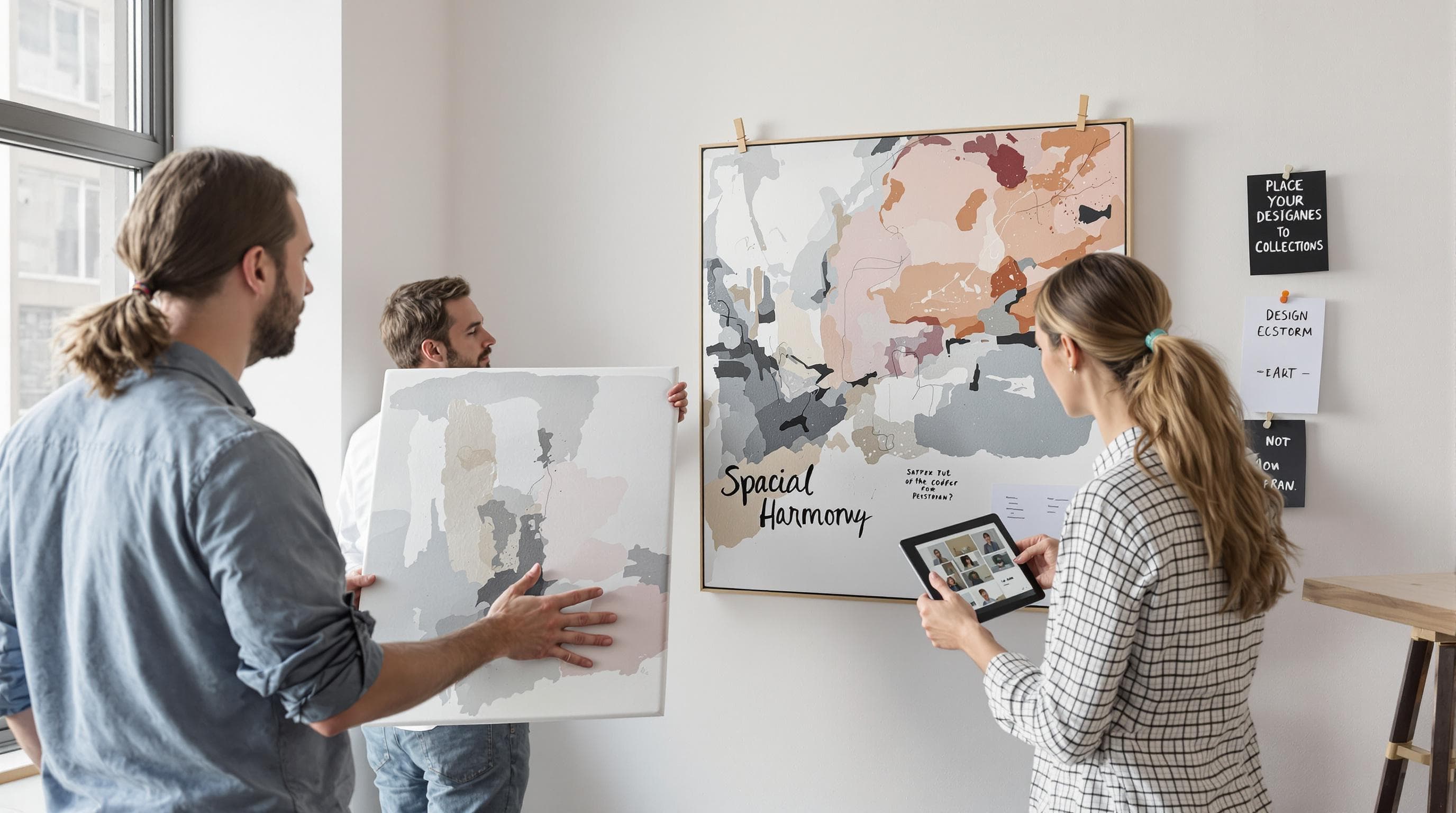
Lighting and Perceptual Experience
Lighting plays a transformative role in art appreciation and spatial perception. Research from Frontiers in Psychology demonstrates that lighting conditions significantly influence emotional experiences with both representational and abstract artwork. Modern spaces require thoughtful illumination strategies that enhance artistic details and create immersive visual experiences.
Consider different lighting techniques: ambient lighting for overall room atmosphere, accent lighting to highlight specific artworks, and natural light interactions that can dramatically alter an artwork’s appearance throughout the day. LED spotlights, adjustable track lighting, and strategically placed floor lamps can dramatically transform how art is perceived and experienced within a space.
Digital Integration and Technological Perspectives
Contemporary art assessment increasingly incorporates technological perspectives. Emerging research on augmented reality suggests innovative approaches to art integration that extend beyond traditional display methods. Digital technologies now offer unprecedented opportunities for art visualization, allowing collectors and decorators to preview artworks in their spaces before making final selections.
Modern art selection tools include augmented reality apps that enable virtual art placement, color matching algorithms, and digital mockup technologies. These tools help eliminate guesswork, allowing precise assessment of how an artwork will interact with existing architectural elements, furniture, and color schemes.
Explore our guide to selecting perfect art for living spaces to refine your art selection strategy.
Assessing art for modern spaces is an intricate process that balances technical considerations with emotional intuition. By understanding spatial dynamics, leveraging lighting techniques, and embracing technological visualization tools, collectors and decorators can curate environments that are not just visually striking but emotionally resonant and personally meaningful.
To help you better compare the main considerations for selecting art in modern spaces, here’s a summary table of key factors:
| Factor | Key Considerations | Recommended Practices |
|---|---|---|
| Spatial Harmony & Scale | Match artwork scale to room size; influence on focal points | Anchor large spaces; position small pieces for dialogue |
| Lighting | Emotional influence; detail enhancement; changes with time of day | Use ambient + accent lighting; maximize natural light |
| Digital Integration | Virtual previews; tech-enabled placement; color matching | Use AR apps; digital mockups; evaluate with real environment |
Spotting Value in Wall Art and Canvas Prints
Discerning value in wall art and canvas prints requires a comprehensive understanding that goes beyond mere visual appeal. Collectors and decorators must develop a keen eye for quality, authenticity, and craftsmanship to make informed purchasing decisions that represent both aesthetic and financial investments.
Material and Construction Quality
The foundation of valuable wall art lies in its physical construction. According to Canvas Kraft’s quality assessment guidelines, high-quality canvas prints are distinguished by their materials and construction. Premium prints typically utilize 100% cotton or linen canvas, which provides superior durability and color retention compared to synthetic alternatives.
Frame construction plays a critical role in determining an artwork’s long-term value. Research from Tailor Made Rooms emphasizes the importance of kiln-dried wooden frames with reinforced corners. These structural elements prevent warping, maintain the canvas’s tension, and ensure the artwork remains visually pristine over time. Collectors should carefully examine the frame’s construction, looking for solid wood, tight corner joints, and a sturdy overall structure.
Authenticity and Reproduction Techniques
Authenticity represents a crucial factor in determining a canvas print’s value. Not all reproductions are created equal. Professional-grade prints utilize advanced reproduction techniques that capture the nuanced details of original artworks. High-end giclée printing methods, which use archival-quality inks and precise color calibration, can produce prints that closely mirror the original artwork’s depth, texture, and color spectrum.
When evaluating canvas prints, look for details that indicate professional reproduction: color accuracy, fine detail preservation, and the use of museum-grade archival materials. Limited edition prints signed and numbered by the artist typically carry higher value, as they represent a more exclusive artistic offering.
Long-Term Preservation and Investment Potential
True value in wall art extends beyond immediate visual appeal to considerations of long-term preservation and potential appreciation. Factors such as archival ink quality, UV-resistant coatings, and professional framing contribute significantly to an artwork’s longevity and potential investment value.
Collectors should consider prints created by established artists or those representing emerging talents with promising career trajectories. Researching an artist’s background, exhibition history, and critical reception can provide insights into the potential future value of their works.
Learn more about maintaining your canvas art collection to protect your investment and preserve its quality.
Spotting value in wall art and canvas prints is a nuanced process that combines technical knowledge, aesthetic appreciation, and strategic thinking. By understanding material quality, reproduction techniques, and preservation strategies, collectors can make informed decisions that transform wall art from mere decoration to meaningful, potentially appreciating investments.
Below is a table summarizing the most important quality indicators to assess when evaluating canvas prints and wall art:
| Quality Indicator | What to Look For | Why It Matters |
|---|---|---|
| Canvas Material | 100% cotton or linen canvas | Durability; optimal color retention |
| Frame Construction | Kiln-dried solid wood, reinforced corners | Prevents warping; preserves artwork |
| Printing Technique | Giclée, archival inks | Color accuracy; detail preservation |
| Edition Type & Signature | Limited edition, artist-signed | Higher exclusivity and investment potential |
| Coating & UV Protection | Archival, UV-resistant coatings | Longevity; resists fading |
Supporting Independent Artists and Making Smart Purchases
Supporting independent artists represents more than a transactional experience. It is a meaningful collaboration that nurtures creativity, cultural diversity, and economic sustainability within the artistic community. Understanding how to make intelligent art purchases while championing emerging talent requires strategic insight and genuine appreciation.
Economic and Cultural Significance
Investing in independent artists goes beyond acquiring artwork. According to Entrepreneur’s research on artist support, supporting emerging artists contributes significantly to cultural diversity and local economic growth. Each purchase represents direct support for creative ecosystems, enabling artists to continue developing their craft and contributing to broader cultural narratives.
Independent artists often bring unique perspectives that challenge conventional artistic representations. By purchasing their work, collectors become active participants in promoting artistic innovation and diversity. This support helps create sustainable pathways for artists who might otherwise struggle to gain recognition in competitive markets.
Provenance and Documentation
Making smart art purchases requires meticulous attention to documentation and provenance. Research from the Smithsonian American Art Museum emphasizes the critical importance of maintaining comprehensive records for art collections. Collectors should systematically gather and preserve documentation including purchase invoices, certificates of authenticity, artist statements, and exhibition histories.
Ethical art collecting demands thorough research into an artwork’s origins. Guidelines from museum collection practices recommend verifying an artwork’s ownership history and ensuring compliance with legal standards. This approach safeguards against potential issues with artwork acquisition and establishes a transparent, responsible collecting methodology.
Identifying and Nurturing Emerging Talent
Recognizing promising independent artists requires a combination of research, intuition, and engagement. Attend local art exhibitions, graduate showcases, and online art platforms to discover emerging talents. Look for artists demonstrating technical proficiency, innovative conceptual approaches, and a distinctive visual language.
Consider factors beyond immediate aesthetic appeal. An artist’s background, educational training, exhibition history, and critical reception can provide insights into their potential trajectory. Engaging directly with artists, understanding their creative philosophy, and building relationships can enhance the collecting experience.
Explore our comprehensive guide to understanding different art print types to refine your collecting strategy.
Supporting independent artists is a nuanced journey that blends aesthetic appreciation, cultural engagement, and strategic investment. By approaching art purchases with thoughtfulness, research, and genuine respect for creative expression, collectors can build meaningful collections that support artistic innovation and personal growth.
Frequently Asked Questions
What are the key elements of high-quality art?
The key elements of high-quality art include technical mastery, emotional resonance, originality, and compositional integrity. These aspects help elevate an artwork from ordinary to extraordinary, engaging viewers on multiple levels.
How can I assess art for my modern space?
To assess art for modern spaces, consider spatial harmony and scale, the lighting conditions that enhance the artwork, and how digital integration technologies can aid in visualizing the art within the space before making a purchase.
What factors contribute to the value of wall art and canvas prints?
Factors that contribute to the value of wall art and canvas prints include the quality of materials and construction, the authenticity of reproduction techniques, and long-term preservation measures like archival framing and UV protection.
Why is it important to support independent artists?
Supporting independent artists is vital for fostering cultural diversity and economic sustainability within the arts community. It helps promote artistic innovation and provides a platform for emerging talent, enriching the broader cultural landscape.
Discover Museum-Quality Art That Reflects True Value
Are you searching for artwork that truly stands out and meets the highest standards discussed in our guide? Many collectors and decorators struggle with finding pieces that blend impressive technical mastery, authentic emotional resonance, and enduring materials. It can be frustrating to invest in wall decor only to discover it lacks the craftsmanship or provenance that marks real value. At Marta Ellie’s Art Gallery Opening Night Wall Art collection, you can explore meticulously crafted canvas prints that embody all the qualities highlighted in our article.
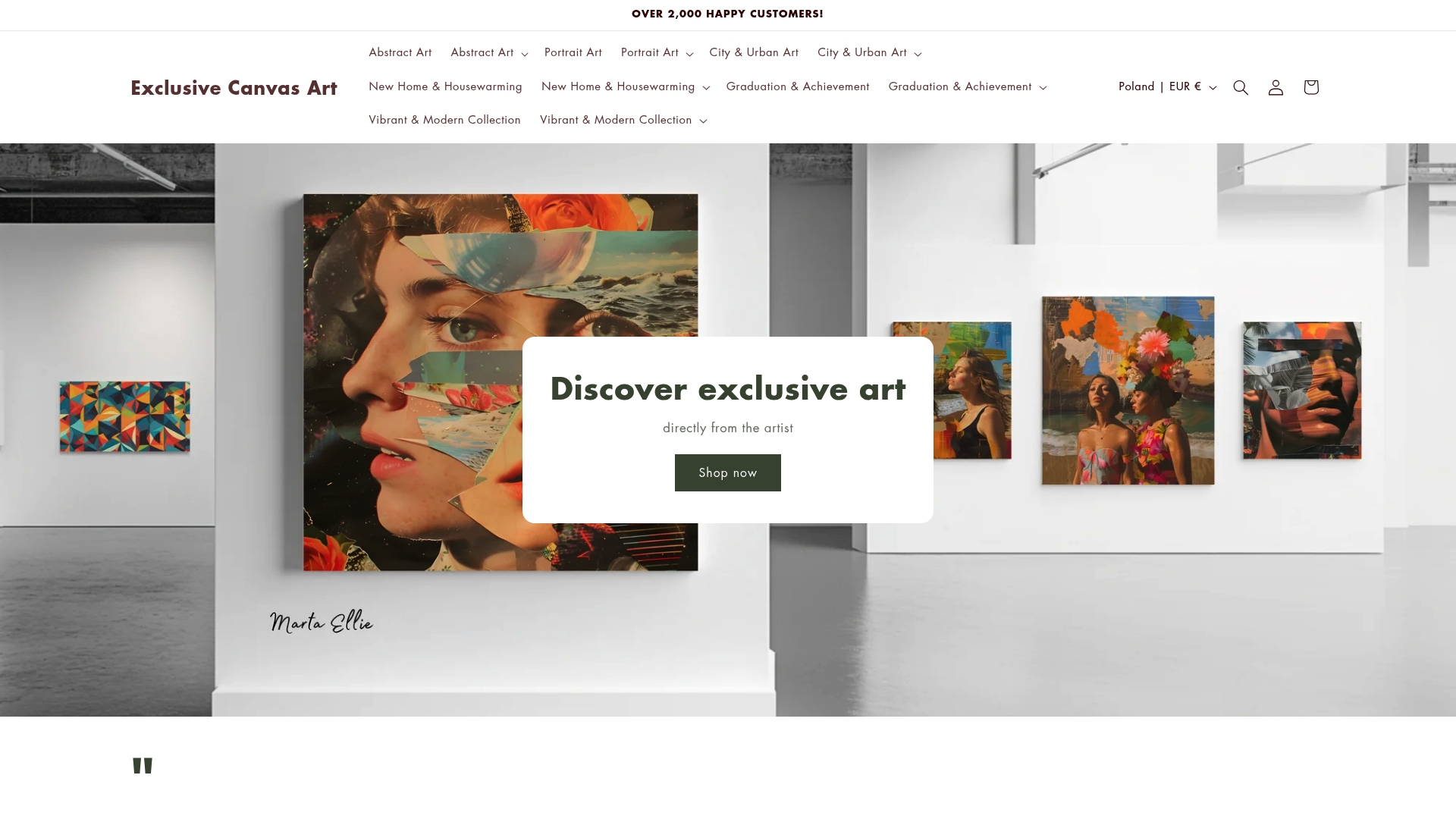
See the difference for yourself. Each piece from Marta Ellie is created using fine materials and advanced techniques, ensuring lasting color, compositional integrity, and emotional connection. Browse our online gallery now and experience original wall art designed to meet your high expectations. Don’t wait to elevate your space with exceptional pieces that truly invest in your living environment.
Recommended
- Contemporary vs Modern Art: Guide for Collectors & Decorators 2025 – Exclusive Canvas Art
- Types of Art Prints: Your Guide for Collectors and Decorators 2025 – Exclusive Canvas Art
- How to Choose Art for Living Room Walls: 2025 Guide – Exclusive Canvas Art
- Why Art Matters at Home: Inspire, Decorate, and Connect in 2025 – Exclusive Canvas Art